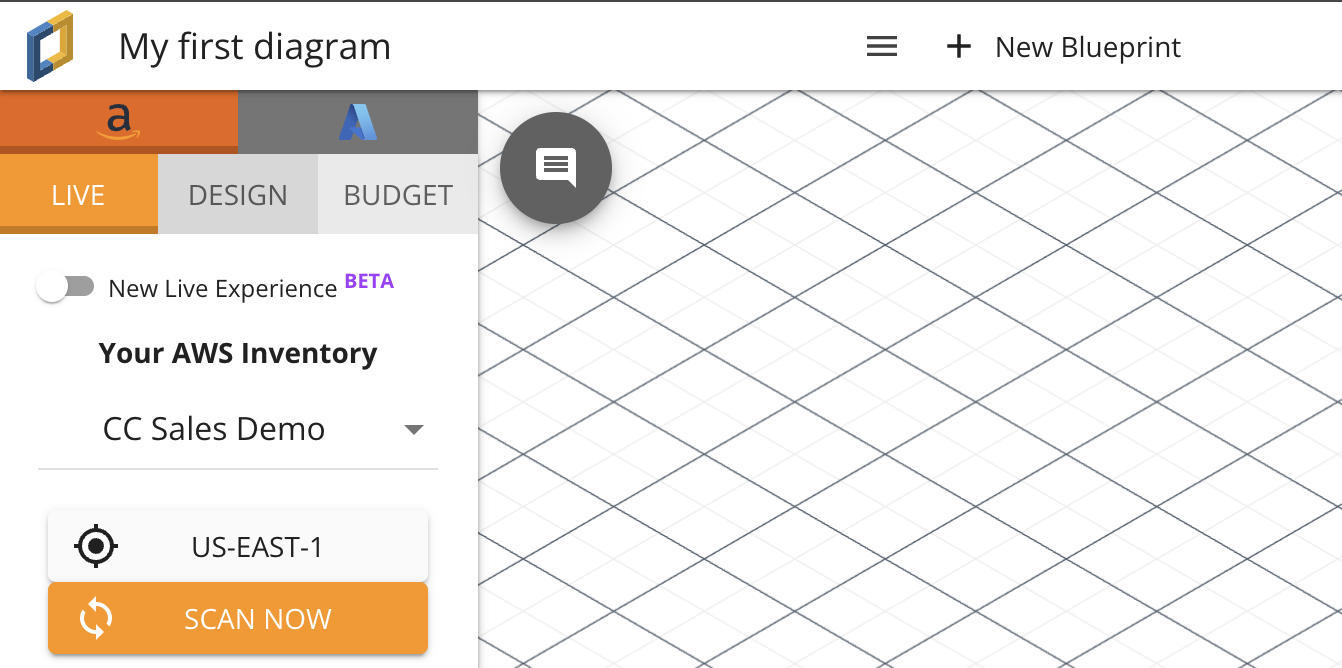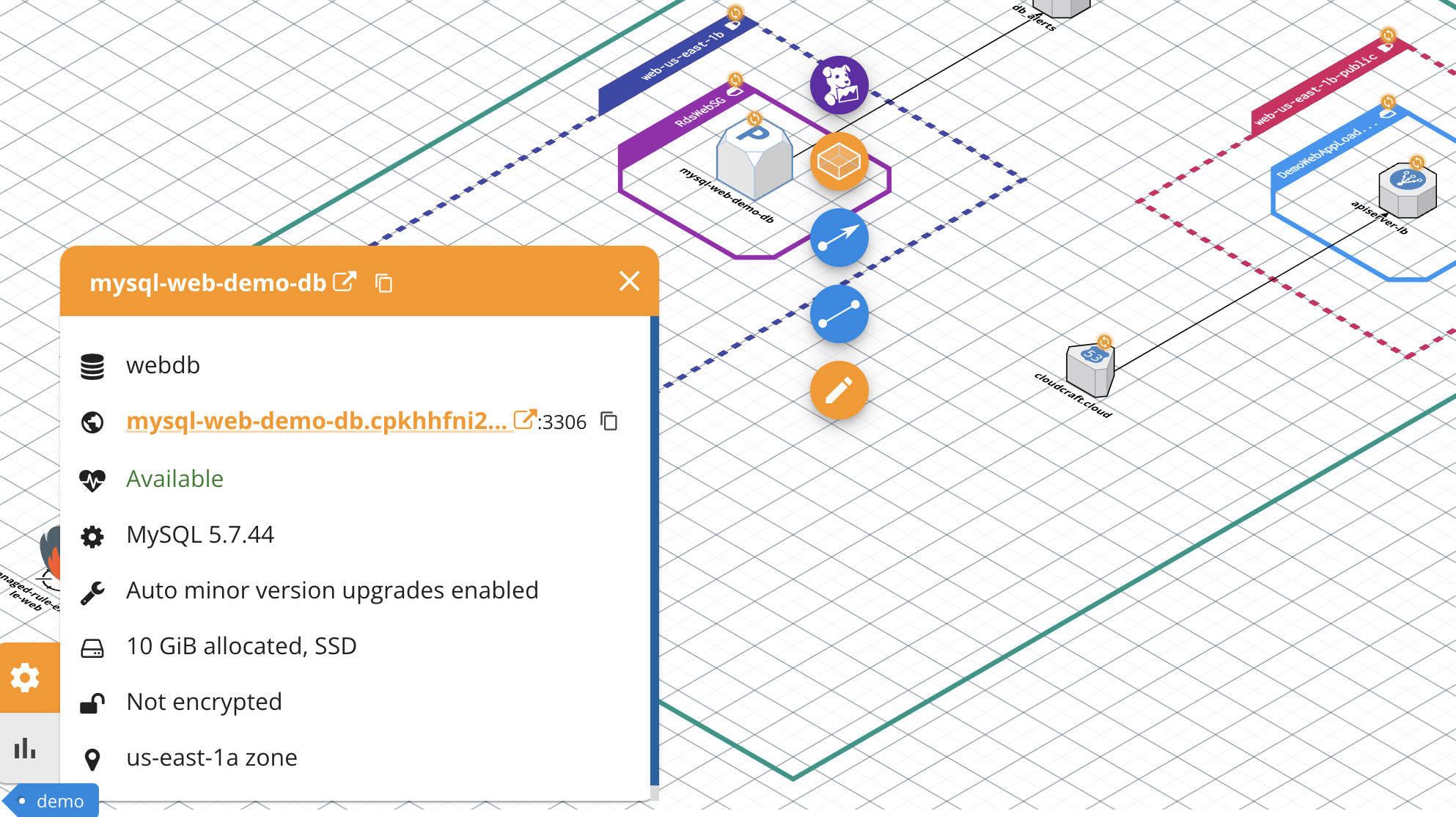- 重要な情報
- はじめに
- 用語集
- Standard Attributes
- ガイド
- インテグレーション
- エージェント
- OpenTelemetry
- 開発者
- Administrator's Guide
- API
- Partners
- DDSQL Reference
- モバイルアプリケーション
- CoScreen
- CoTerm
- Remote Configuration
- Cloudcraft
- アプリ内
- ダッシュボード
- ノートブック
- DDSQL Editor
- Reference Tables
- Sheets
- Watchdog
- アラート設定
- メトリクス
- Bits AI
- Internal Developer Portal
- Error Tracking
- Change Tracking
- Service Management
- Actions & Remediations
- インフラストラクチャー
- Cloudcraft
- Resource Catalog
- ユニバーサル サービス モニタリング
- Hosts
- コンテナ
- Processes
- サーバーレス
- ネットワークモニタリング
- Cloud Cost
- アプリケーションパフォーマンス
- APM
- Continuous Profiler
- データベース モニタリング
- Data Streams Monitoring
- Data Jobs Monitoring
- Data Observability
- Digital Experience
- RUM & セッションリプレイ
- Synthetic モニタリング
- Continuous Testing
- Product Analytics
- Software Delivery
- CI Visibility (CI/CDの可視化)
- CD Visibility
- Deployment Gates
- Test Visibility
- Code Coverage
- Quality Gates
- DORA Metrics
- Feature Flags
- セキュリティ
- セキュリティの概要
- Cloud SIEM
- Code Security
- クラウド セキュリティ マネジメント
- Application Security Management
- Workload Protection
- Sensitive Data Scanner
- AI Observability
- ログ管理
- Observability Pipelines(観測データの制御)
- ログ管理
- CloudPrem
- 管理
はじめてのライブ クラウド ダイアグラムを作成する
Cloudcraft を使用すると、AWS と Azure のクラウド環境を ライブ ダイアグラム として取り込むことができます。クラウド アカウント内のアーキテクチャをリバース エンジニアリングすることで、Cloudcraft は新しいダイアグラムの自動生成や既存ダイアグラムの拡張を行い、数時間から数日分の作業を削減できます。
Cloudcraft の新しい Live エクスペリエンスを使用している場合は、より良いダイアグラムの作成: Cloudcraft のライブ ダイアグラム作成とフィルタリングを参照してください。
前提条件
開始する前に、Cloudcraft にクラウド アカウントを接続します。
- AWS アカウントの場合は、Cloudcraft で AWS アカウントを接続するを参照してください。
- Azure アカウントの場合は、Cloudcraft で Azure アカウントを接続するを参照してください。
はじめてのライブ ダイアグラム
クラウド アーキテクチャをスキャンして可視化するには、新しい Blueprint を作成します。Blueprint にはダイアグラム、バジェット、個々のコンポーネントに添付したすべてのドキュメントが含まれます。
- Cloudcraft で AWS または Azure タブを選択し、次に Live タブを選択します。本ガイドでは主に AWS アカウントに焦点を当てます。Azure アカウントの場合も手順はほぼ同じです。
Live タブでは、アカウントの選択、リージョンのスキャン、レイアウトの生成、アカウント内のすべてのリソースの表示ができます。
Cloudcraft に AWS アカウントを 1 つだけ追加している場合は自動的に選択されます。複数追加している場合は、ドロップダウンからアカウントを選択します。
- スキャンを実行するリージョンを選択します。複数のリージョンを 1 つのダイアグラムにまとめて取り込むことも可能ですが、まずは 1 つのリージョンから始めることを推奨します。
Scan now ボタンの下には Live と Snapshot のトグルがあり、作成するダイアグラムの種類を指定します。Live を選択すると、ダイアグラムはアカウントの情報で継続的に更新されます。Snapshot を選択すると、ある時点のイメージが作成され、ダイアグラムは自動更新されません。
本例では Live オプションを使用します。Live を有効にします。オプションの右側にある歯車アイコンでは、ダイアグラム更新の詳細設定を行えます。本ガイドでは既定のままにしておくことを推奨します。
- Scan now をクリックすると、アカウント内でサポートされている AWS コンポーネントのスキャンが始まります。スキャンが完了すると Scan complete メッセージが表示されます。
スキャン後は Auto layout ボタンと、AWS アカウントで検出されたすべての対応コンポーネントが表示されます。すぐに手動で追加することもできますが、アプリケーションに自動でレイアウトさせることを推奨します。
ダイアグラムを配置する方法は 2 つあります。
- Auto layout 機能を使用する
- Filtered layout 機能を使用する
Auto layout はもっともシンプルな方法で、すべてのコンポーネントをダイアグラムに追加し、相互の接続と関係を可視化します。たとえば Auto layout を設定して EC2 インスタンスのみを表示し、他のコンポーネントを除外することも可能です。
本ドキュメントのダイアグラム タイプは Live です。つまり、AWS アカウントから EC2 インスタンスを削除すると、その変更がダイアグラムにも反映されます。
Filtered layout は、クラウド アーキテクチャをダイアグラム化するための、パターンに一致するコンポーネントのみを追加できる、さらに高度で強力な方法です。たとえば environment=production と environment=staging のタグを持つリソースが多数ある場合でも、environment=production に完全一致するキーと値の組み合わせでタグ付けされたコンポーネントだけをダイアグラムに含めるようにフィルタリングできます。
クラウド プロバイダー側でタグ付けしていなくてもフィルタは有効です。たとえば、停止中の EC2 インスタンスのみでダイアグラムを作成したい場合は、ec2 !running とフィルタするだけです。
下記の動画は Filtered layout の強力さを紹介しています。AWS では営業チームが Cloudcraft のデモ用リソースに、キー Environment、値 Demo のタグを付けています。Live タブ直下の検索バーで Environment=demo と入力すると、表示したいコンポーネントとそれらの接続関係のみを確認できます。
Environment=demo が付いたコンポーネントは、対応する VPC、サブネット、セキュリティグループ内に表示されます (これらのリソース自体にはタグがない場合でも)。同じタグを持つ WAF は、AWS API から他のコンポーネントとのリンクが示されていないため、VPC の外側に配置されます。
コンポーネント間の接続方法はサービスによって異なります。Cloudcraft は利用可能なクラウド API を活用し、可能な限り関係性を自動的に検出します。
- Auto layout の設定を続けるには、Live/Snapshot トグルの下にある Auto layout を選択します。
表示されるダイアログで、ダイアグラムに含める AWS コンポーネントを選択できます。さらに Options ドロップダウン メニューから、次の 3 つのいずれかを指定できます。
- 既存のコンポーネントを置き換える
- 既存のコンポーネントを含める
- 既存のコンポーネントをそのまま残す
これらのオプションは、すでにコンポーネントが配置されているダイアグラムで Auto layout を使用する場合に、アプリケーションがどのように動作するかを指定します。
- Replace existing components を選択すると、ダイアグラムにある既存コンポーネントはすべて置き換えられ、新しいコンポーネントに更新されます。
- Include existing components を選択すると、インベントリ内のすべてのコンポーネントとダイアグラム上の既存コンポーネントが対象になり、自動レイアウトが実行されます。
- Leave existing components を選択すると、ダイアグラム上の既存コンポーネントは変更されず、新しいコンポーネントだけが自動レイアウトされます。
新しいダイアグラムを作成しているので、メニューから Replace existing components を選択します。その後 Layout を選択すると、インベントリ内のすべてのコンポーネントとその接続がダイアグラムに自動で追加されます。
このダイアグラムはカスタマイズ可能で、Design タブの要素を使用して外観を強化しながら、各コンポーネントに関するリアルタイム データを確認できます。
コンポーネントを選択すると、画面左下に Live feed ダイアログが表示され、選択したコンポーネントのライブ情報が確認できます。
新しい Live エクスペリエンス
Cloudcraft は、クラウド インフラのダイアグラム作成プロセスをさらに効率化し、ユーザー エクスペリエンスを向上させるために、刷新された Live エクスペリエンスを導入しました。この新しいエクスペリエンスはすべてのユーザーが利用でき、新規ユーザーの標準エクスペリエンスとして設定されています。
詳細はより良いダイアグラムの作成: Cloudcraft のライブ ダイアグラム作成とフィルタリングを参照してください。

![Cloudcraft のインタラクティブ インターフェイスで [Live] が有効になった状態を示すライブ リソース ダイアグラム。](https://datadog-docs.imgix.net/images/cloudcraft/getting-started/create-your-first-cloudcraft-diagram/live-diagram-options.25be3b885fba7701950fd4e8f7815d41.png?auto=format)


